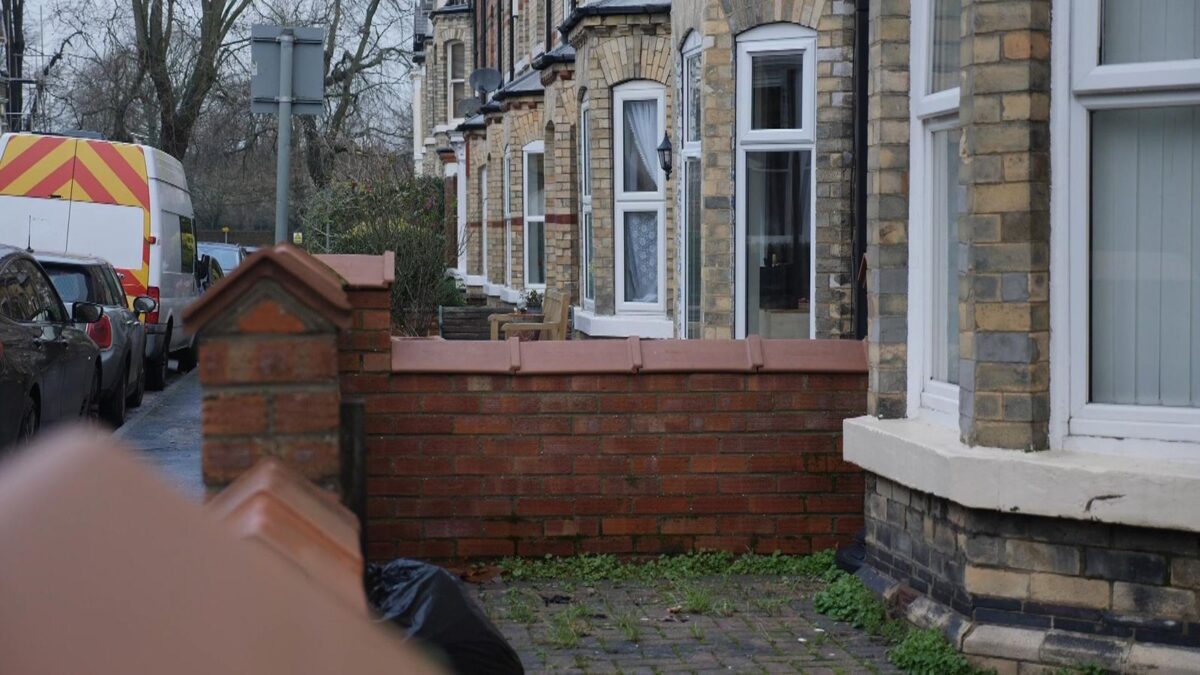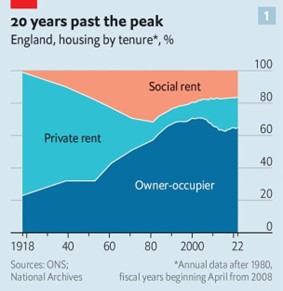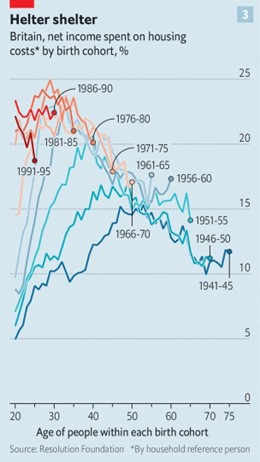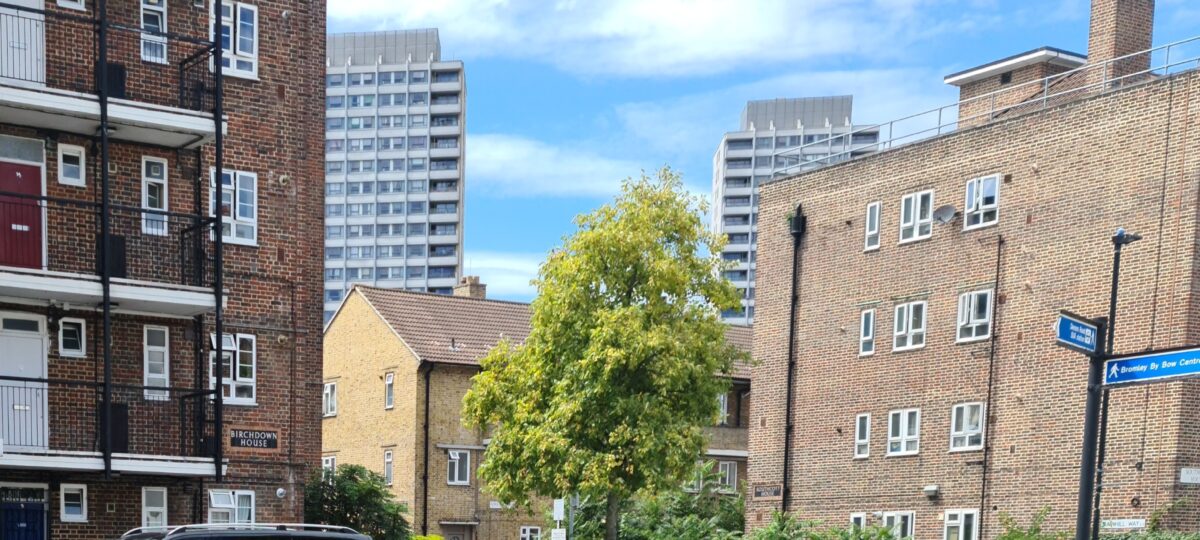Furniture poverty is too often hidden behind front doors. There are at least 6 million people in the UK living without essential furniture items and this could be a cooker, a fridge, or a child’s bed.
As the Cost of Living crisis continues to devastate lives, this figure is rising every day. If people cannot afford food, how can we expect them to be able to afford to replace a broken cooker?
Living in furniture poverty has a terrible impact on your life, affecting people’s physical and mental health, and their social and financial wellbeing. It can mean people turn to unaffordable credit to buy the items that they need, leaving them unable to pay rent or buy food; it can lead to social isolation as the stigma means family, friends or support workers are no longer invited into homes without a sofa to sit on; and it can lead to unhealthy diets and poor health without a cooker to prepare food or a fridge to store it in.
Of course, furniture poverty is about poverty, it is about people not having enough money to live on. It is about a broken welfare system, unaffordable housing, and insecure low-paid employment. But there are steps that can be taken now to lift people out of furniture poverty and provide them with a decent furnished home – and the social housing sector has a vital role to play.
At End Furniture Poverty, our research has shown that only 2% of social housing is let as furnished or part furnished, compared to 29% of private rental properties. We also know that 26% of social housing tenants are living in furniture poverty, living without one or more essential furniture item.
Those fleeing domestic violence, or moving from homelessness, often have no furniture at all, so are moving into an empty box. Even simply moving from a furnished property in the private rental sector to the social housing sector can leave tenants with no furniture, appliances, flooring or window coverings. Other sources of support for furniture and white goods are much harder to access as 37 local authorities in England have closed their local welfare provision schemes as they face enormous budgetary burdens, and charities are overwhelmed with the demand for help.
A furnished tenancy scheme can provide the answer
Furnished tenancies mean a landlord can provide all of the furniture items a tenant needs, including floor and window coverings, and then recoup the costs through the service charge element of Universal Credit. It provides a sustainable, long-term solution for tenants who are on benefits and likely to remain on benefits. This relieves the burden on local welfare schemes and the third sector, and frees up support for others in furniture poverty.
Some landlords offer furniture gifting schemes or small furniture reuse programmes and while these are vital tools, they cannot provide a comprehensive, sustainable solution given the scale of the issue. We need a blended approach, with a furnished tenancy scheme supplemented by reuse and gifting.
We believe that at least 10% of social housing stock should be let as furnished, a figure calculated using the current FT rates in social housing and number of social housing tenants in deep furniture poverty, lacking three or more essential items. Existing furnished tenancy schemes have also naturally balanced at around 10% of their housing stock so it is a robust figure.
We are already working with Liverpool City Council to encourage the local housing associations to commit to this target and we believe every social landlord in the UK should join them. Local authorities own 55% of social housing too, and with ambitious plans for more council housing on the horizon, now is the time for a sector-wide, firm commitment to furniture provision.
A guide for social landlords
To support social landlords, End Furniture Poverty has published a Blueprint for Furniture Provision in Social Housing, a step-by-step guide for landlords to understand how to develop their scheme, looking at everything from finance, staffing, asset management and much more. It also outlines the broader benefits to landlords with case studies from existing schemes including data around the impact of furniture provision with reduced rental arrears and tenancy churn, improved tenancy sustainability and reduced void costs.
Furniture Flex- one example of a delivery model
We have also been working with our colleagues in our wider group of charities, FRC Group, to develop an even better delivery model with Furniture Flex. We have brought together our knowledge from conversations with landlords across the country over several years, considering all of the barriers and challenges they face to get a scheme off the ground, and believe we have offered solutions to all.
FRC has been supplying furniture to landlords for many years, and as a registered charity and social enterprise, 100% of the surplus is reinvested back into the group to help us to achieve our charitable mission to end furniture poverty.
Furniture Flex offers landlords the option of purchasing the furniture with a more traditional furnished tenancy route when the landlord owns and controls the asset, or a rental model, where Furniture Flex retains ownership and the landlord pays the rental cost through the service charge. The rental model overcomes that barrier for tenants who may find employment and move off benefits as they can simply return the furniture and reduce or remove the service charge.
Furniture Flex also provides increased administration support for those smaller landlords who find the perceived admin burden a stumbling block. It also allows landlords to support tenants with one or two items, again relieving the burden on local authority crisis schemes.
Whichever route a landlord chooses to acquire their furniture, whether it is Furniture Flex or another provider, End Furniture Poverty is here to support them at every step of the way, from building business cases to assessing the impact of pilots.
The current system of moving our most vulnerable citizens into empty boxes has to change and furnished tenancies provide an ideal solution. Together we can End Furniture Poverty.
LHG will be ‘In Conversation’ with Claire Donovan at 6pm on the 22nd of February 2024, to further discuss furniture poverty and possible solutions. Find more details of that here.
Claire Donovan, a former journalist, is the Head of Policy, Research and Campaigns at End Furniture Poverty, which raises awareness of the issue of Furniture Poverty; carries out research to highlight
the consequences and reality of living in Furniture Poverty; and develops solutions. Claire is also a trustee of the Reuse Network.
















